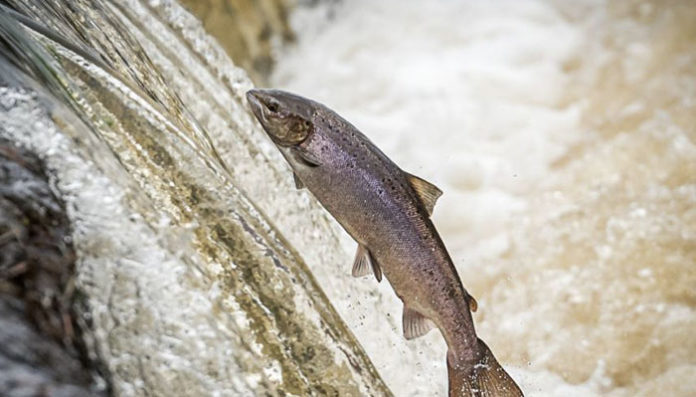A study, published in Molecular Nutrition & Food Research, analyzed the associations of camelina oil, fatty fish and lean fish with lipid and glucose metabolism, and low-grade inflammation and concluded that Camelina oil is rich in alpha-linolenic acid, which is a plant-based omega 3 fatty acid.
Widespread contamination of microplastics may lead to internalization in fish. This literature review from March 2019 to March 2020 details that a median of 60% of fish, belonging to 198 species captured in 24 countries, contain microplastics in their organs. Carnivore species ingested more microplastics than omnivores. Only 14% of fish were from aquaculture. Most studies focused on digestive systems, with presence in other organs currently being insufficiently assessed. Based on this assessment, knowledge gaps that should be addressed in future studies were identified.
Microplastics are just one of many marine pollutants. Heavy metals such as mercury and toxins such as PCBs and dioxin further present “long-standing concerns.”
The omega 3 camelina oil used at Rothamsted Research already matches – or exceeds – EPA and DHA levels found in a Northern Hemisphere fish oil, such as mackerel or cod liver.
According to Napier, it is also the only seed oil that contains significant levels of both EPA and DHA. “Other efforts to produce fish oil in oilseeds such as rapeseed or canola result in the seed making either EPA or DHA but not both, so those are not a particularly good solution,” he notes.
In future research strides, Rothamsted Research and Yield10 Bioscience are looking to replicate the omega 3 fatty acid composition of Southern Hemisphere fish oil.
Considered the “gold standard for aquafeed,” Southern Hemisphere fish oil contains up to 30 percent EPA and DHA. Napier affirms his research team is “close to achieving that.”








